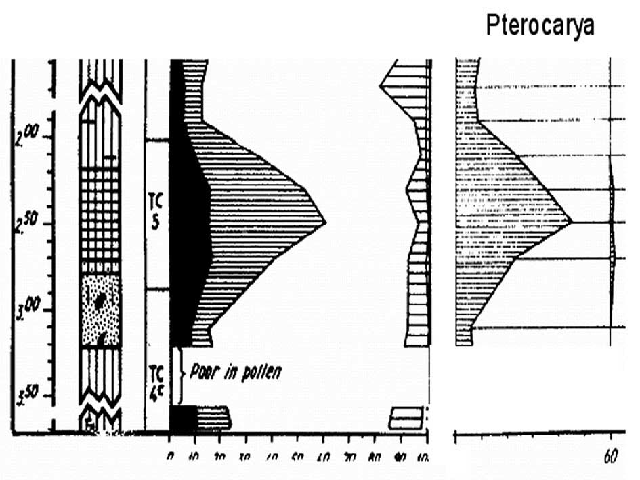An evaluation of the Early Pleistocene chronology of The Netherlands
Abstract
The Early Pleistocene subdivision of The Netherlands is evaluated, based on published research since 1950. The subdivision is a biostratigraphy, almost exclusively based on palynological research. Palaeomagnetic research provided a correlation with the palaeomagnetic timescale. The classical subdivision of the Early Pleistocene is based on a mosaic of short pollen sequences, mostly of unknown duration, position and age. The Pretiglian is reconsidered as a cool oscillation within the Pliocene. Re–evaluation leads to the conclusion that the age of the Pliocene–Pleistocene boundary, set at approximately 2.5 Ma is highly questionable. The position, duration and subdivision of the Tiglian stage is subject to serious doubts. The evidence related to the Eburonian, Waalian, Menapian and Bavelian is considered to be too limited to allow confirmation of the existence of any of these stages. Faunal data are too limited to add to our understanding of the Early Pleistocene. The Early Pleistocene of The Netherlands, its subdivision, climatic development and duration is considered poorly known.





